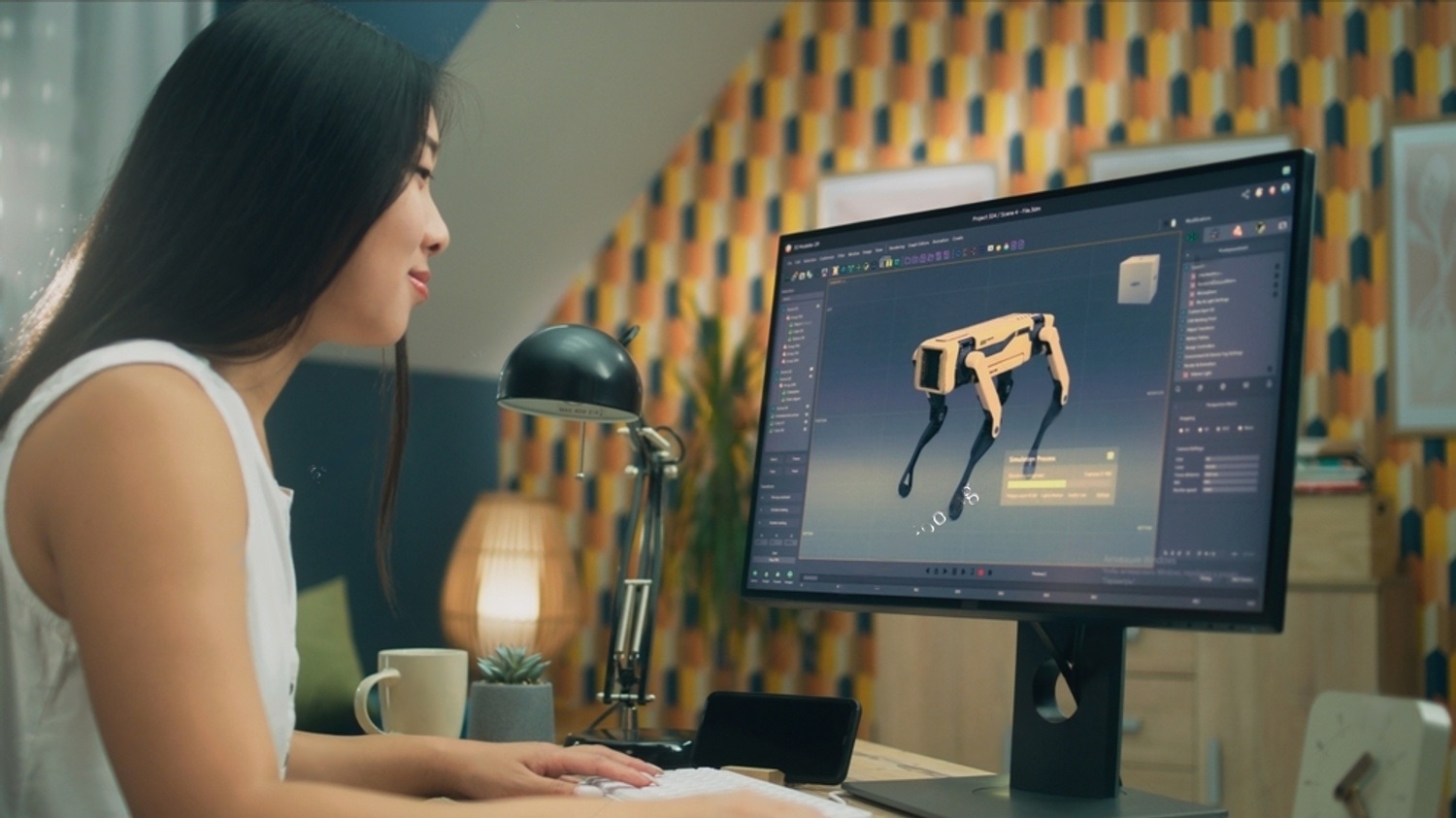In an era characterized by rapid technological advancements, businesses are constantly seeking ways to optimize their operations and achieve higher levels of productivity. One of the most transformative trends in recent years has been the integration of robotics and automation into various industries. This convergence of innovation and efficiency has led to a revolution in how businesses operate, paving the way for unprecedented levels of productivity. In this article, we delve into the profound impact of harnessing the power of robotics and automation, unlocking a realm of possibilities that redefine the future of productivity.
I. The Dynamics of Automation and Robotics
The marriage of robotics and automation is reshaping traditional business models across sectors. Automation involves the streamlining of processes through the use of technology, reducing the need for human intervention in routine tasks. Robotics, on the other hand, introduces physical machines that can perform complex tasks with precision and consistency. The synergy of these two elements results in a powerful force that has the potential to elevate productivity to new heights.
II. Enhancing Efficiency through Precision and Accuracy
One of the key advantages of incorporating robotics and automation lies in the inherent precision and accuracy these technologies offer. Unlike human labor, machines are not susceptible to fatigue or lapses in concentration. This reliability ensures that tasks are executed with consistent accuracy, reducing errors and minimizing costly rework. Whether it’s in manufacturing, logistics, or even customer service, the integration of robotics and automation guarantees a level of precision that directly translates to increased productivity.
III. Streamlining Complex Processes
Complex processes that involve multiple steps and intricate coordination can often be time-consuming and prone to inefficiencies. Robotics and automation excel in streamlining such processes, breaking them down into sequential tasks that machines can execute seamlessly. This not only accelerates the overall process but also minimizes bottlenecks and enhances resource utilization. By delegating these tasks to technology, businesses can focus their human resources on high-value activities that require creativity and critical thinking.
IV. The Human-Machine Symbiosis
Contrary to concerns about technology replacing human jobs, the integration of robotics and automation often leads to a symbiotic relationship between humans and machines. While machines handle routine and repetitive tasks, human workers can dedicate their expertise to more complex responsibilities that demand decision-making, problem-solving, and innovation. This collaboration amplifies the productivity of both parties, resulting in a dynamic equilibrium that drives business growth.
V. Adaptability and Scalability
One of the remarkable features of robotics and automation is their adaptability to diverse environments and tasks. With the ability to be programmed for different functions, these technologies can be repurposed for various stages of production or even entirely different processes altogether. This flexibility lends itself to scalability, enabling businesses to respond rapidly to changes in demand and market conditions. By utilizing robotics and automation, companies can expand their operations without compromising efficiency.
VI. From Data to Insights: Leveraging Analytics for Productivity
The integration of robotics and automation generates an abundance of data that can be harnessed to gain valuable insights. Through advanced analytics, businesses can monitor the performance of machines, track key metrics, and identify areas for optimization. This data-driven approach empowers decision-makers to make informed choices, leading to continuous improvement in operational efficiency and productivity.
VII. Navigating the Implementation Journey
While the benefits of robotics and automation are undeniable, the implementation process requires careful planning and strategic execution. Businesses must assess their specific needs, identify processes that can be automated, and invest in the appropriate technology. Moreover, training the workforce to work alongside these technologies is crucial for a seamless transition. Collaborative efforts between technology experts, operational teams, and leadership are essential to unlocking the full potential of robotics and automation.
VIII. The Road Ahead: Embracing the Productivity Revolution
In the journey toward heightened productivity, businesses must embrace the paradigm shift brought about by robotics and automation. These technologies are not mere tools but catalysts for innovation and growth. As industries evolve, so do the possibilities for leveraging these advancements to propel efficiency to unprecedented levels. The future belongs to those who dare to harness the power of robotics and automation, forging a path toward a new era of productivity.
Takeaway
The era of robotics and automation is a transformative one, marked by the fusion of technology and efficiency. The integration of these innovations into business processes has redefined how we approach productivity, pushing boundaries and reshaping possibilities. As organizations worldwide recognize the potential of harnessing the power of robotics and automation, the landscape of industries continues to evolve. The journey ahead is exciting, promising a future where the collaboration between human ingenuity and technological prowess unlocks a realm of productivity that was once considered unattainable. The time to unleash efficiency through robotics and automation is now, as we stand on the brink of a new industrial revolution.

